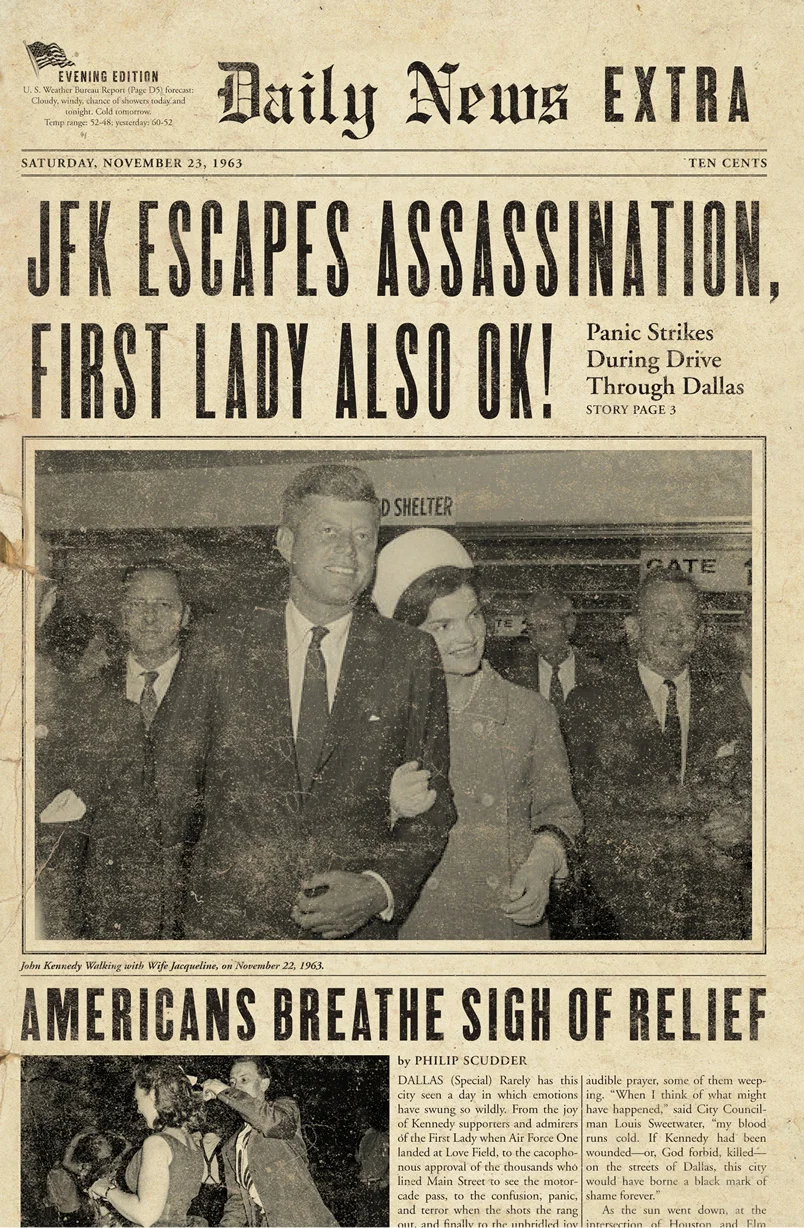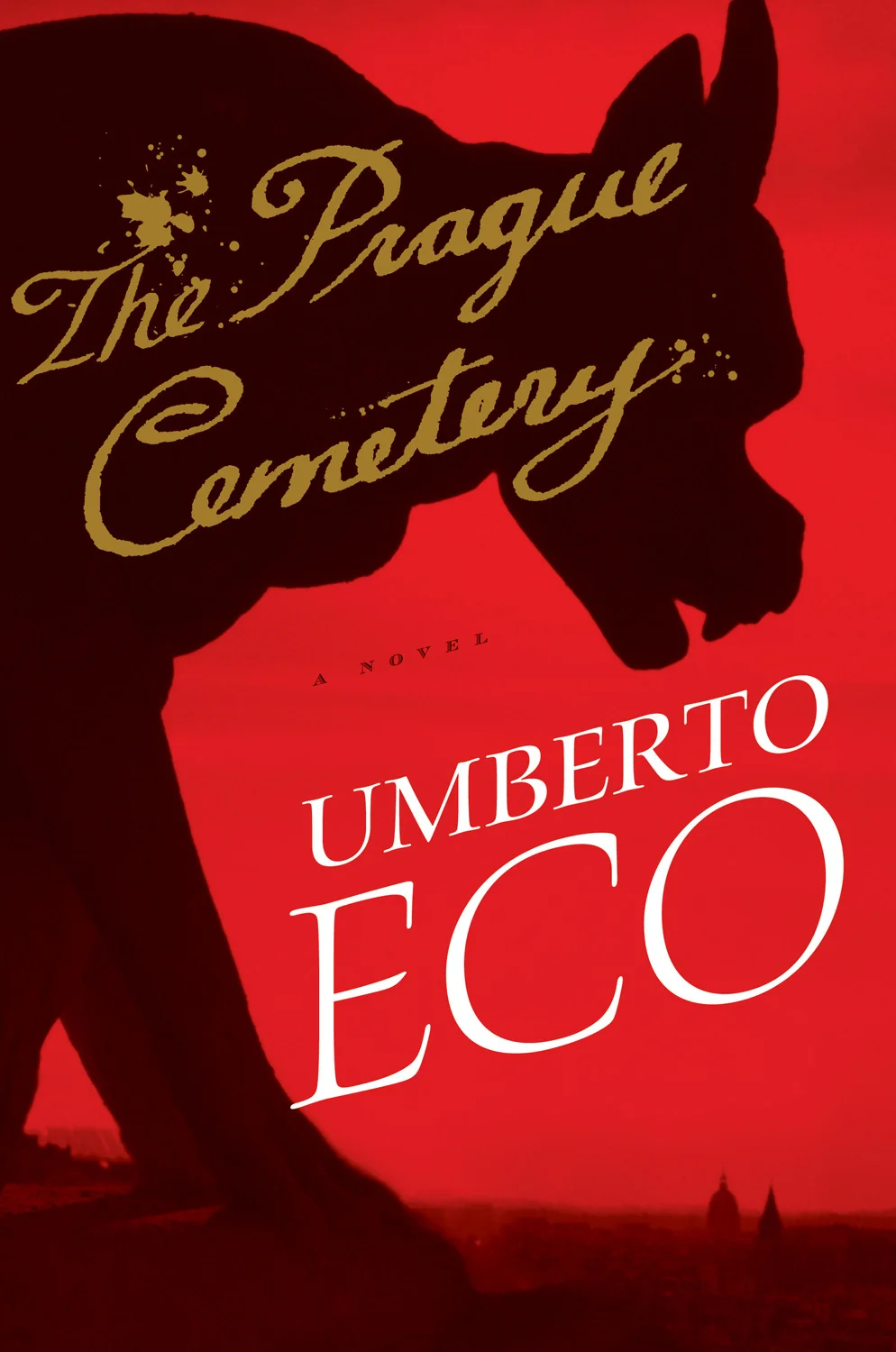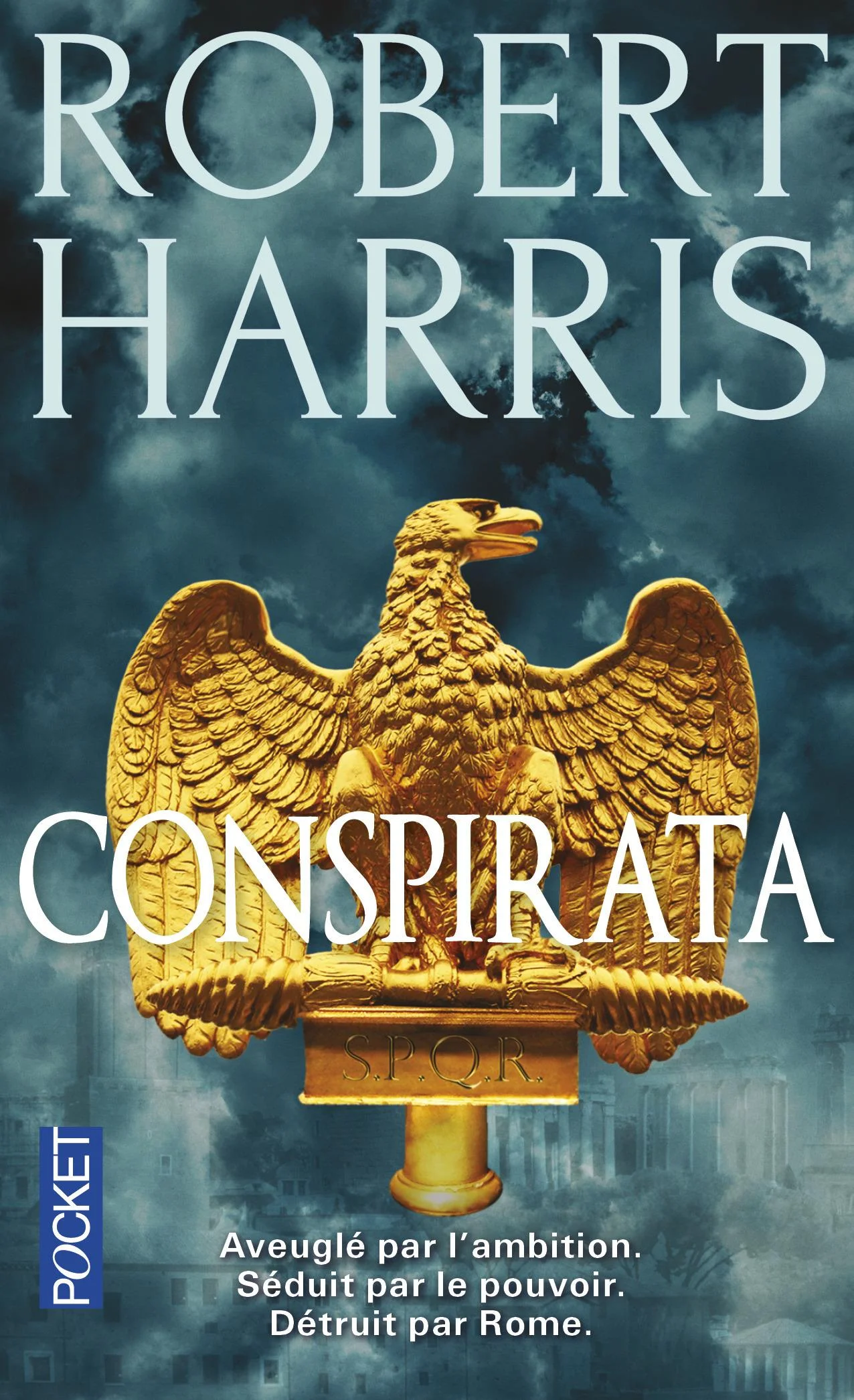John Allyn’s “47 RONIN”
Book review by Dennis D. McDonald
This is a novelization about a famous event in Japanese history that occurred in the early 18 Century. Lord Asano is summoned from his country domain to Edo (now Tokyo) to attend a formal court ceremony. While there his arrogant behavior generates the ire of the court’s ceremonial master Rika whose responsibility it is to instruct visitors in appropriate court etiquette.
The two come to blows. Asano, personally angered by Rika, draws his sword and assaults him. The court is horrified by a Asano’s behavior, Asano is condemned to death and his domains confiscated. All this happens in the course of a single day.
We observe as Asano’s castle and property are confiscated, his family is impoverished, and his faithful personal army of the samurai warriors becomes leaderless. They are now “ronin” and must fend for themselves and their families having lost income, position, and social stature.
But Rika did not die from Lord Asano’s assault. The ronin on learning this resolve to take revenge even though revenge is formally forbidden by custom and law. They disperse to other towns and livelihoods after resolving to convene eventually to plot revenge and the death of Rika once things cool down.
Thus starts the novel. We follow the ronin and their leader Oishi over the coming year as they plot revenge. They know that whether they succeed or fail they will all most likely die in the process. Rika is well defended, he suspects an attack from Asano’s followers will come eventually, and he hires spies to track their actions.
But the ronin are honor band to avenge their master. Their code of honor as former samurai requires it. Through the pages of the novel we follow their actions and their leadership as they plot, scheme, train, evade Rika’s spies, and finally gather for a frontal assault on Rika’s fortified residence.
While I am reluctant to go into what would in other circumstances be described as “spoilers,” keep in mind that today in a section of Tokyo there sits the Sengaku-ji Temple where 47 ronin graves can be viewed along with the graves of Lord Asano, his wife, and the well where the avengers washed the decapitated head of Rika before placing it before the grave of their successfully avenged Lord Asano.
The novel is short but elegantly written. The majority of pages are devoted to the detailed and patient planning of the attack by Oishi, the leader of the ronin who must constantly play cat and mouse with Rika’s spies. We learn much about the customs and culture of early 18th-century Japan as the ronin, now deprived of prestige and their samurai livelihood, learn to deal with a daily life as they plot revenge. The reader gains insight into “traditional” Japanese concepts of honor, justice, and morality.
The morality that emerges from these pages, while perhaps unfamiliar to westerners, makes sense for the time. The political structures then in Japan were more dispersed and decentralized than today where centralized government control and enforcement of the law are much more strictly controlled than in the past. Communication and travel were primitive in the early 18 century. While there was a Shogun and an emperor, government control was much more decentralized and more likely to be enforced by local lords such as Asano. The importance of custom and traditional “codes of honor” along with a rigidly defined social hierarchy were also highly developed. Also, Japan was still insulated from influence by the “outside world” and not yet begun its march to the world power it was to become in the 20th Century.
Insular or not, the world of 47 Ronin is complex. That so much is communicated by author Allyn in such a short novel is quite an accomplishment. It is, of course, a novel. While the story has been told and retold many times in Japanese folklore, theater, and cinema, there is no way of really knowing how much of the detail the story as presented here is really true. Still, the basic skeleton of the story continues to be venerated at the Sengaku-ji Temple in Tokyo, site of the graves of the 47 ronin.
Review copyright © 2019 by Dennis D. McDonald






















